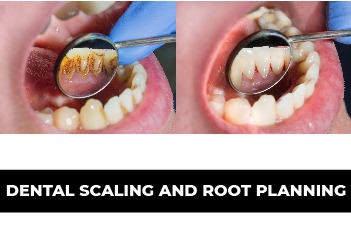What is Orthopantomography or OPG?

What is Orthopantomography or OPG?
Orthopantomogram (OPG), additionally called dental X-ray, offers a two-dimensional view of the top and lower jaws. The OPG unit rotates 360 ranges across the patient’s head for the duration of the examination. It is used to stumble on fracture, contamination or dislocated jaw. It is a short and painless approach to discover abnormalities and a preliminary and vital part of dental treatment. This X-Ray help the dentist to discover and diagnosis the hassle in advance earlier than they emerge as major problem.
- Benefits of OPG : An OPG X-ray is performed during an orthodontic treatment to discover the presence or determine the improvement of wisdom teeth, to observe the jawbone, or for a general assessment of the patient’s dental health. OPG X-Ray makes use of low radiation dosages in comparison to different sorts of
- How OPG works : Dental X-Ray includes a horizontal rotating arm which holds an X-ray supply and a moving detector at opposed end. The patient’s head is located firmly among the X-ray generator and the film/detector. This arm rotates across the affected person’s head and captures numerous snap shots to assemble the panoramic picture of the lower part of the head. The patient is requested to relax their mouth on a chin-relaxation and chew softly on a sterile mouthpiece to make sure the head and mouth is consistent while the snap shots are taken. The process is completed in 5 minutes.
- Safety precautions during OPG X-ray : Like all other X-rays, all the metal objects must be removed before the scan, so that they do not affect the images. It is essential to stay still when the x-ray is taken. You will not experience discomfort at any point of the procedure.
Dental care is a vital part of preferred fitness care. It is easier if you can find a dentist who is right for you.
Book your appointment for easy OPG dental X-ray with us Beyond Smiles
- dental clinic near indiranagar, cheap and best dentist in indiranagar, teeth whitening dentist near indiranagar, teeth whitening near indiranagar, tooth cavity filling near indiranagar, pediatric dentist near indiranagar bangalore,


